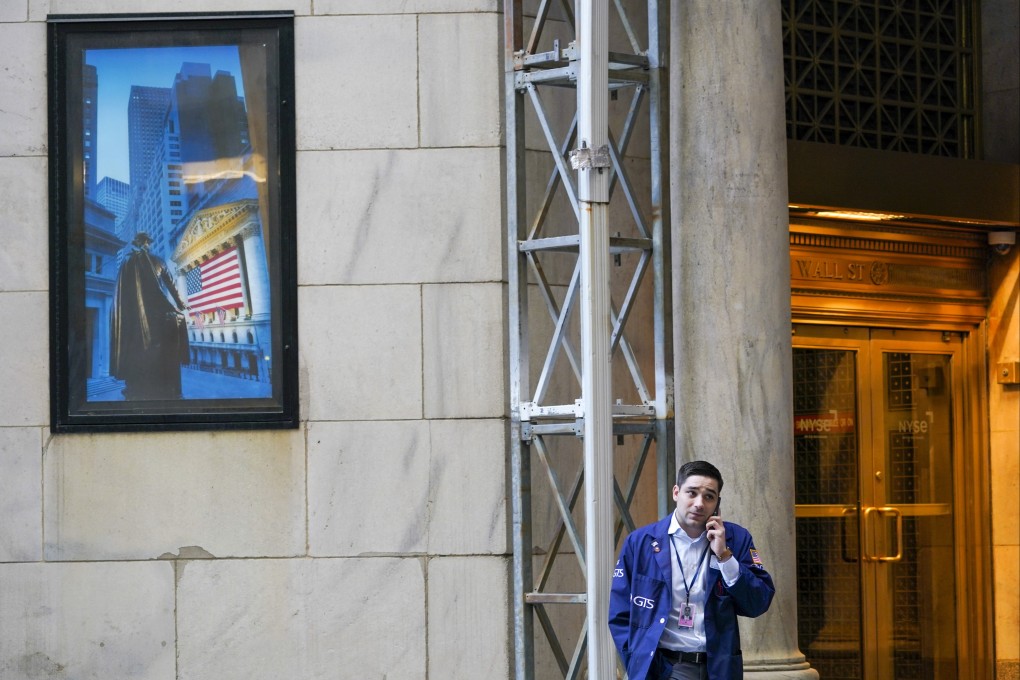The View | As stocks plunge and bonds crater, where should investors turn?
- Equities are sliding thanks to inflation, yet rising interest rates are having the same effect on bond returns
- This shift is prompting investors to look beyond the ‘60:40’ paradigm to diversify their portfolios and avoid volatility, raising the profile of liquid alternatives

For over 10 years, equities have been in vogue. The rise in stock markets since the global financial crisis has ensured that “buying the dip” has been a successful investment strategy, which, by a process of Darwinian selection, has fuelled the rise of many senior investors. However, what has underpinned this one-way bet?
As equity dividend yields dwarfed waning fixed income coupons, suppressed by ever lower interest rates, the multiples applied to equities skyrocketed. It seemed irrelevant that many companies’ supercharged valuations were not underpinned by dividends at all, but were simply growth companies in a new paradigm – a shift in consumer demand for cleaner, more ethical and technologically pioneering investments.
With the advent of rampant and persistent inflation, however, the era of “there is no alternative” (TINA) to equities has turned. Global equities were down more than 21 per cent in the first half of 2022, and they are no longer “simply the best” investment choice for investors.
That paradigm seems to have come to an end. The collapse in 60:40 returns in the second quarter of this year surpassed even that experienced during the worst quarter of the global financial crisis.
